Antarctica is a continent of superlatives. It’s the coldest, windiest, driest, iciest, and highest continent on Earth, surrounded by the stormiest ocean in the world. But Antarctica is more than a list of intimidating adjectives. It’s also a landscape of intoxicating beauty sculpted from ice, rock and sky, a wildlife watcher’s paradise, and a destination of such raw and energizing simplicity that it can yield a lifetime of treasured moments. In short, a trip to Antarctica belongs on every nature photographer‘s bucket list.
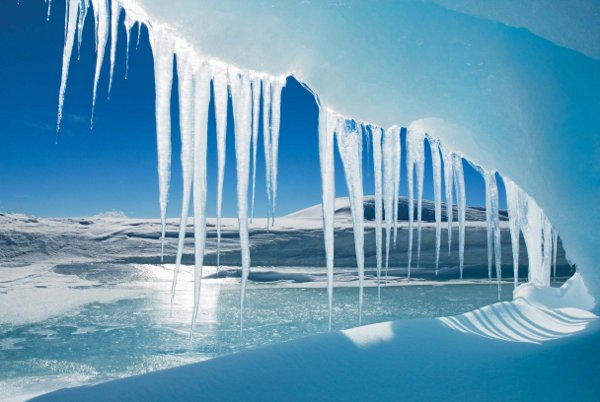
Since 1994, I’ve made a dozen trips to the crystal desert of Antarctica and a common question I like to ask my fellow travelers is why they chose to make the journey. After all, Antarctica has the reputation of being the most forbidding place on Earth, not a destination that normally springs to mind when people are planning their holidays. Most photographers are lured there for one or more of the same three reasons. Number one is the extraordinary polar wildlife with throngs of noisy penguins and magnificent fast-flying albatrosses and other seabirds, the breaching whales, and the blubbery seals sprawled about on blocks of floating ice like sunbathers at the beach. Visitors also come to marvel at the exquisite yet simple beauty of sculpted icebergs bathed in the golden glow of the midnight sun. And lastly they come because Antarctica is the wildest and most remote of the continents; the last true wilderness on the planet whose history is filled with remarkable stories from the heroic age of human exploration.
Virtually all visitors to Antarctica travel by ship to reach its frozen shores and they commonly depart from one of two places: either from New Zealand or the southern tip of South America. Those leaving from New Zealand rock-and-roll for five days to reach the Ross Sea, traversing the “roaring forties” and the “furious fifties”. These southern latitudes lay claim to being some of the roughest seas on the planet. En route, you typically stop at a few island clusters, including Snares Island, the Auckland Islands, Campbell and Macqaurie Islands.
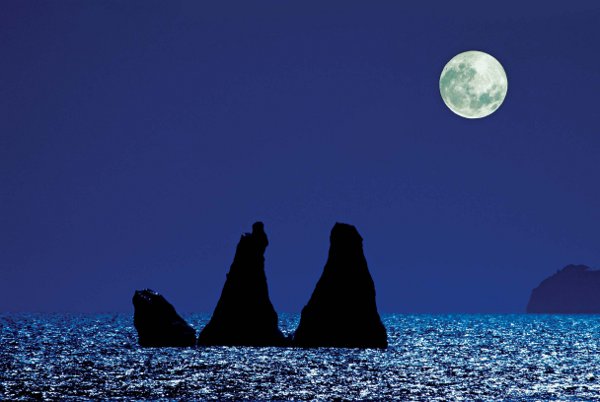
I’m a pitiful sailor, prone to seasickness, so I’ve made just part of the crossing, travelling only as far as Macquarie Island and back again. While writing the first edition of my book, Penguins of the World, I made the New Zealand trip twice and though I got to see and photograph the rare penguin species I was searching for, I experienced many days of feeling queasy and miserable. I think I know now why sailors call the toilet on a ship the head. Because in rough seas, that’s the part of your anatomy that spends time becoming acquainted with the toilet bowl.
My preferred departure port for visiting Antarctica is the city of Ushuaia, in Tierra del Fuego, at the southern tip of Argentina. Even the name Tierra del Fuego, meaning land of fire, conjures up images of adventure and excitement. The city is a pleasant, friendly place, strongly geared to tourism, with a wide range of shops, restaurants and hotels that belie its isolation. From Ushuaia it’s only a two-day crossing to reach the Antarctic Peninsula. The crossing, called the Drake Passage, can be a roller coaster ride of swells and raging seas or as calm as a mill pond. I’ve experienced both extremes. If you’re a better sailor than me, you’ll want the winds to howl because those are the conditions that seabirds relish, trailing behind the stern of the ship in flights of aerial mastery. Included among the many avian followers is the magnificent wandering albatross with its 3.5-meter wingspan, the longest of any bird.
The Antarctic Peninsula juts out from the body of the continent like a finger pointing towards South America. The peninsula is actually the southern end of a long chain of mountains that begins in Alaska, runs down the entire length of North and South America to Tierra del Fuego, then leaps across the Southern Ocean to Antarctica. Biologists call the Antarctic Peninsula and its associated islands, the “banana belt” of the continent because of its relatively moderate summer weather. Here, on scattered ice-free shorelines you’ll find the greatest diversity of wildlife Antarctica has to offer.
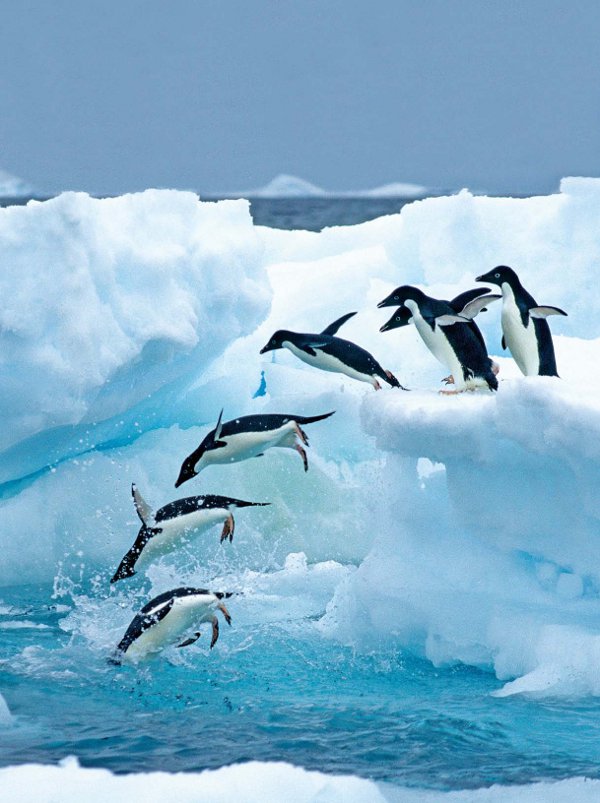
Penguins, of course, are the continent’s star attractions including immense colonies of chinstraps, Adelie’s and gentoos. The first really large penguin colony I ever saw was an Adelie colony on the peninsula. I wrote about the memorable moment in my journal: “The racket, the acrid odor and the bustle of bodies assailed all of my senses in a delicious wave. Penguins stretched from headland to headland and to the tops of many of the black volcanic slopes. The scene was strangely primordial, as though I were glimpsing the beginning of time, the birth of being. The pulse of unbridled nature was almost palpable. Never have I seen such a concentrated profusion of life.”
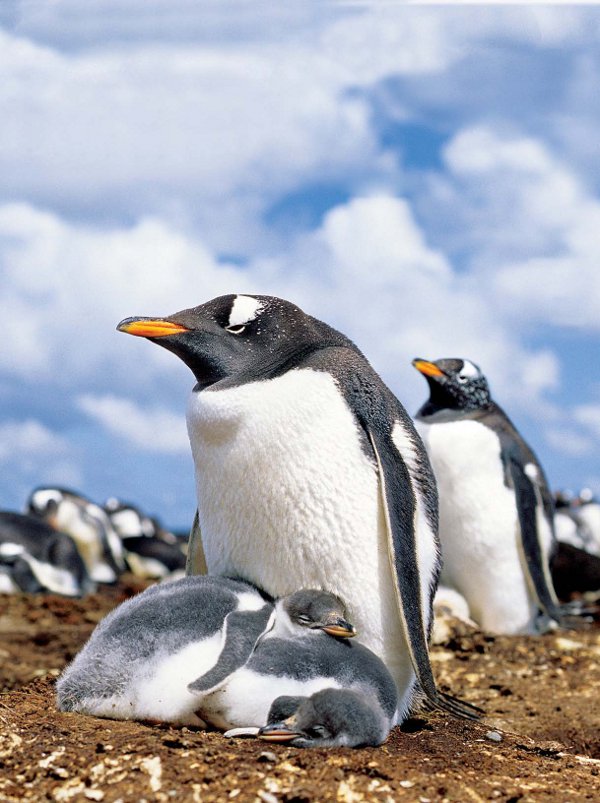
The Antarctic tourist season runs from October to March, during the austral summer when temperatures are easy for a Canadian to tackle, ranging from a few degrees below freezing to ten degrees above. I’ve visited in every one of those months but March and my favorite time is between late November and Christmas. At this time of the year there are more icebergs to photograph, and generally, there is still lots of pack ice around to add visual interest. As well, many penguin colonies are still clean with a covering of fresh-fallen snow. Later in the season, the penguin chicks are bigger and more active but the colonies are filthy, coated in a thick covering of white, yellow or pink, smelly guano. If natural history is your first interest then a late season trip will make you happy, but if your focus is photography go early, and the earlier the better. As the season progresses the pack ice melts or drifts away, but this lures the whales: the humpbacks, fins, sperms and blues, that come to feed in the cold, rich waters around the peninsula. So if whales are your number one photo target the later months are best for this.
Most Peninsula trips last from 10 days to two weeks and cost in the neighborhood of $5000. Longer trips may include the Falkland Islands and South Georgia Island but these itineraries can last up to a month and generally cost over $10,000 before you include the airfare. Antarctica is not a trip for everyone, but for those who hear its siren call it will not disappoint you. A wise person once said “You can’t add years to your life, but you can add life to your years.”
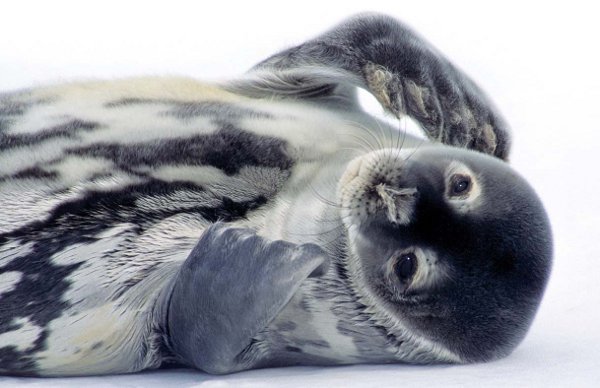
Follow Wayne’s adventures at his website – www.waynelynch.ca and don’t miss his latest book – Planet Arctic – Life at the Top of the World – now available online and through better bookstores everywhere.
| PHOTONews on Facebook | PHOTONews on Twitter |







